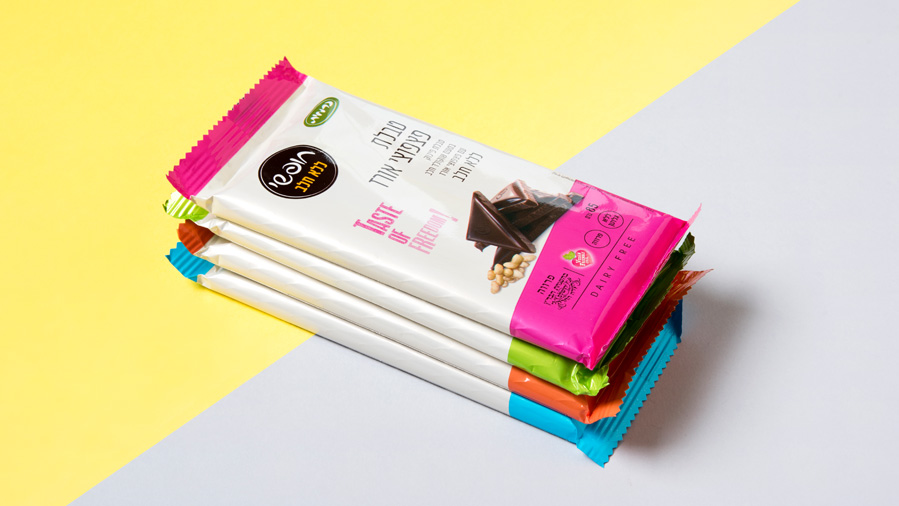Standing out on the shelf
26.6.2017
When you go to the supermarket and browse among the countless products on the shelves, it could very well be that among all the regular products you buy, a new package will suddenly pop up, colorful, eye-catching. Even without tasting the product in the package you are convinced that it will be successful because the packaging caught your eye. Love at first sight.
There is a lot of talk about how we, humans, make decisions about whether to buy a particular food, a particular medicine or go on that vacation destination. These decisions are based on external influences that are not really under our control as we might think. One of those influences is the prestige that the brand conveys and the feelings it evokes in us, justifiably or not.
The goal of successful packaging branding is to ultimately reach the heart of your customers, first and foremost through their eyes.
Food companies and designers have different ways of conveying their messages on the packaging. Dairy delicacies will highlight the ingredients and quality characteristics of their chocolate or fruits bars. Products for children such as snacks or cereals will often be accompanied by a colorful and joyful cartoon character that generates a connection within the child. A successful example can be found in the concentrates for beverages of the Assis Company (currently owned by Osem). They have been marketing flavored concentrates in packaging without special branding for years, but at the same time they also sell the beloved, familiar brand “Vitaminchik” whose packaging is much more colorful, speaks much more to children, with the image figuring a strong and healthy lion as the children would like to be. Would the child be willing to drink the exact same concentrate from a bottle without this branding? Probably not.
There are many other tricks that designers use on the packaging to attract the consumer –
Health, dietary or ecological products will usually be green, because this is what we have become accustomed to. If the product is sugar-free, the notice “sugar-free” will be highlighted. If the product is low in fatty components, the low fat percentages will be highlighted as well. Anything that catches the eye and will most likely be the “deal breaker” that will motivate the customer to make a choice and prefer to buy this product specifically, over others.
Many products are even pre-designed in fancy packaging that conveys luxury, and are priced slightly more expensive than other identical products on the shelf, just to convince the consumer that they are better. Invest a little more money, but it will pay off for you. If the packaging conveys luxury to you and you also paid more money for it, the sense of taste will try to convince you that indeed this is worthwhile. In most cases the product is indeed better, but you would not have noticed it especially if it was in a simply designed packaging.
If you wanted a personal example of our own, take a look at the packaging we made for Carmit’s “Free Chocolate Tablets”. This is a new product that is a tasty and worthy alternative that benefits vegans, people that are lactose intolerant or kosher observers who crave a chocolate cube right after eating meat. When formulating the branding approach of the product we chose to stay away from the well-known sterile place of ingredients-“free” health products and try to compete on the shelf with the delicious and familiar chocolates. The guidelines that accompanied us through the branding process were health, taste, differentiation and variety.
Branding is not an easy profession, and packaging branding is an even more complex issue. Aside from the set of skills that every designer has, he should also know how to apply psychological elements, to be a publicist, a marketer and a person who is able to really understand the heart of the customer – both the customer for whom he designs, and the customer who is going to buy the product.
In order to be a leading packaging designer you must be familiar with this entire world – the competitors, the other designers. You should stand out with your previous works and experience designing product series. You have to maneuver between all the people involved whether it is the photographer, the illustrator, the copywriter, or even the brand and product managers, and to implement all the information and knowledge transferred into one successful package.
You must also be familiar and updated with law and regulations. They don’t make packaging an easy task for designers. The designer must be familiar with all the standards required by the law for consumer protection, and apply it on packaging of any kind – food, medicine, baby products or electronics.
Food packaging design is one big celebration that requires juggling between many talents and many factors, but, ultimately, the winning packaging is the one that the customer will take home.



